Posts
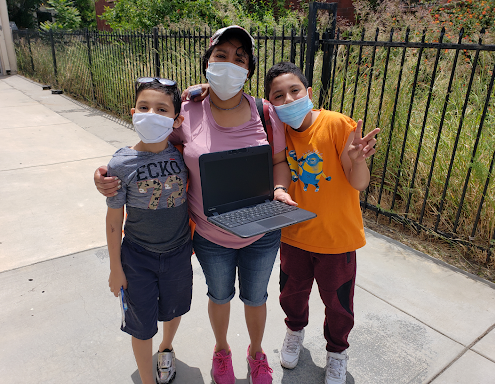
Janitor-Parent Experiences During the COVID-19 Pandemic
By Lucy González, Graduate Student Researcher; Sophia L.…

LA Social Science Presents “Conversations with Changemakers” Featuring Dr. Paul Ong Discussing AAPI Community Challenges
Dr. Paul Ong, Center for Neighborhood Knowledge Director…
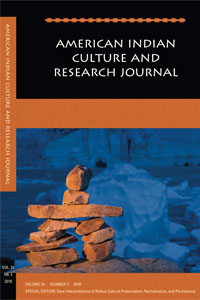
Special Issue of American Indian Studies Culture and Research Journal Focuses on COVID-19 and Indigenous Peoples
Dr. Randall Akee along with Dr. Stephanie Russo Carroll,…
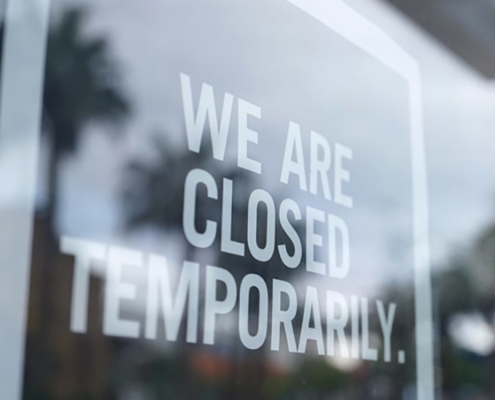
CPL’s New Research Finds Sharp Increase in Share of Unemployed/Under-Employed Workers Who Receive UI Benefits in CA
The UCLA California Policy Lab (CPL) recently released a new…

LA Social Science Book Series on the “Fury of COVID-19” with Professor Vinay Lal
Dr. Vinay Lal, UCLA professor of history and Asian American…
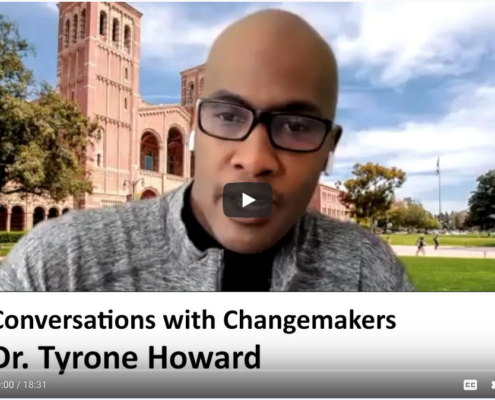
LA Social Science Presents “Conversations with Changemakers” Featuring Dr. Tyrone Howard Discussing the State of Education during COVID-19
LA Social Science recently spoke with Dr. Tyrone Howard, Professor…
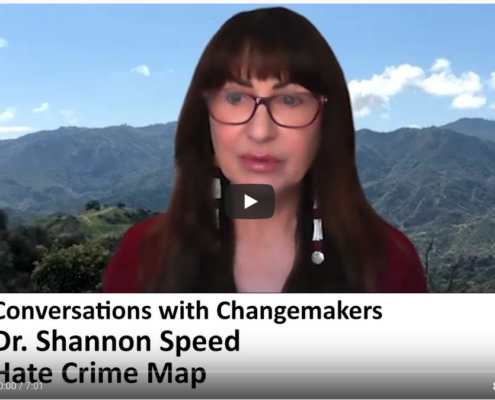
LA Social Science Presents “Conversations with Changemakers” Featuring Dr. Shannon Speed Discussing The Hate Crime Map Project
LA Social Science recently spoke with Dr. Shannon Speed,…

UCLA Professor Interviewed About COVID-19 Impact on Native American Community
BBC's Newsday interviewed Dr. Desi Rodriguez-Lonebear, UCLA Associate…
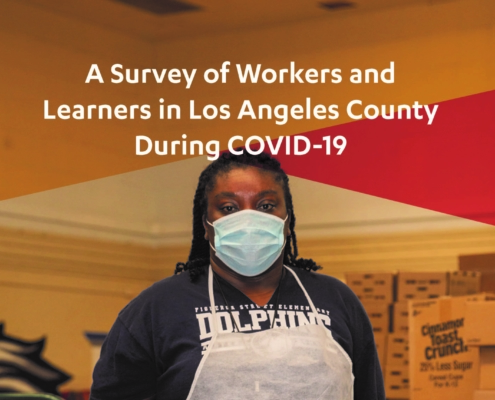
Workers and Learners’ Experiences in Los Angeles County
By Sophia L. Ángeles, Graduate Student Researcher; Janna Shadduck-Hernández,…

CPL Latest Brief Highlights Unemployment Insurance Claims in California During the COVID-19 Pandemic
Earlier this month, the UCLA California Policy Lab released their…

